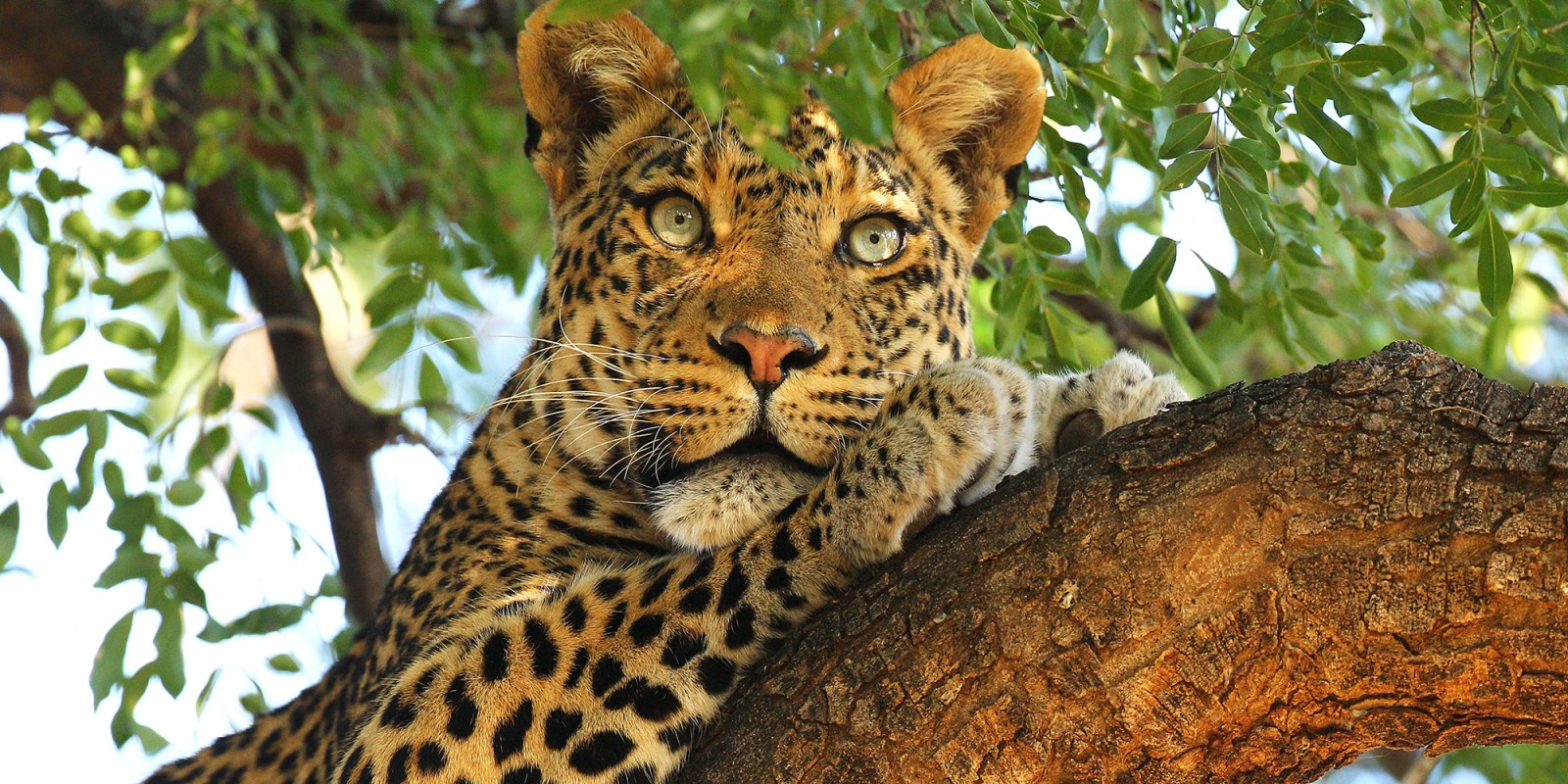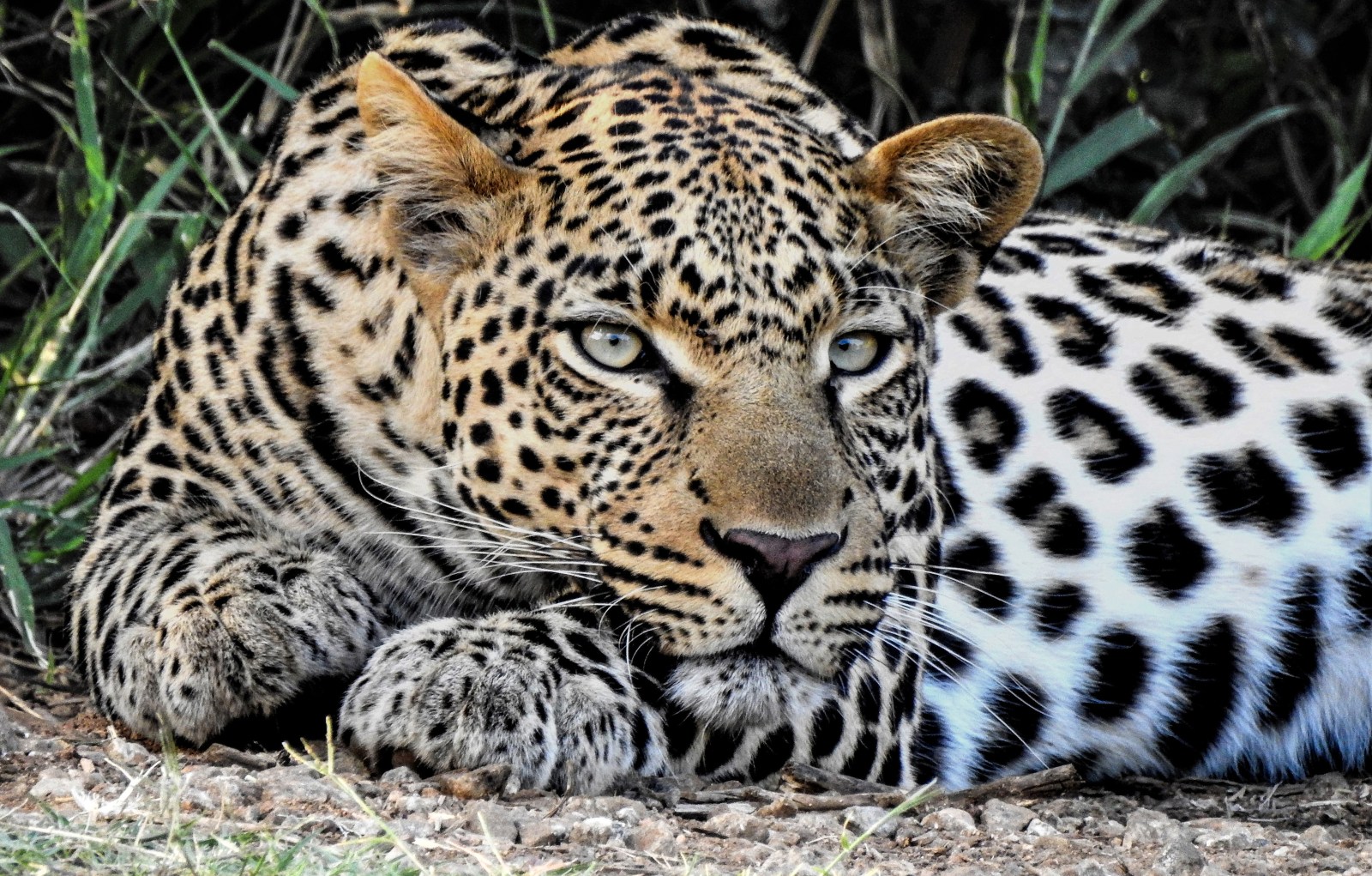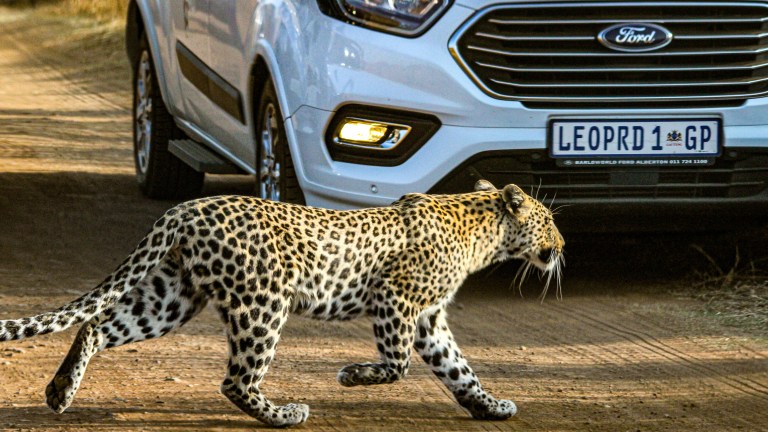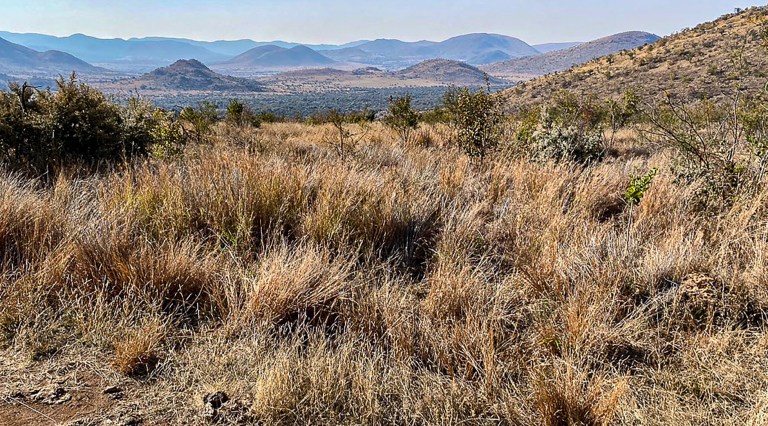
TROPHY HUNTING OF LEOPARDS IN SOUTH AFRICA
BY EMS FOUNDATION - 21ST MAY 2021 - EMS FOUNDATION
PUBLIC STATEMENT
Endangered Species Day 21st May 2021
The EMS Foundation will be making a series of statements, the content of which is in the public’s interest. We are focusing our attention on the conservation of South Africa’s wildlife, especially with regard to the essence of the decision making processes.
LEOPARDS: SACRIFICED ON SOUTH AFRICA’S BLOODY TROPHY HUNTING ALTAR
Exquisitely beautiful and elusive, leopards unsurprisingly form part of South Africa’s so-called iconic ‘Big Five’, yet their current conservation status is a population in persistent decline[1] and, alarmingly, they are extinct in 67% of South Africa[2].
According to peer-reviewed research papers human-mediated leopard mortality is widespread, especially amongst private agricultural and wildlife ranches in South Africa. Climate change, trophy hunting, illegal hunting, killing for skins,’ legal destruction’, revenge killings, by-catch from snares for the bush meat trade and lack of adequate protection from government, are pushing leopards in South Africa to the brink of extinction. Moreover, unreported and illegal killing of wildlife is widespread across southern Africa and therefore also extremely pertinent.
Nonetheless, it appears that the Department of Fisheries, Forestry and Environment (DFFE) is attempting to appease the powerful hunting lobby by steamrolling through a trade and trophy hunting agenda of leopards without adequate scientific evidence.
The EMS Foundation remains deeply concerned about the protection of leopards in South Africa and questions the decision-making processes involved with the of determination of trophy hunting ‘quotas’. For instance, on Monday 16th January 2017 the Department of the Environment confirmed that the zero quota for leopard hunting had been extended for the year. This decision delighted wildlife conservationists because it was based on the review of available scientific information on the status and recovery of the leopard populations in South Africa.[3]
However, less than a month later, on the 8th of February 2017, the Department for the Environment placed a notice in the Government Gazette (No. 40601) entitled Draft Norms and Standards for the Management and Monitoring of the Hunting of Leopard in South Africa for Trophy Hunting Purposes. And in 2018, the Minister allocated a leopard hunting quota as follows: five male leopards in the Limpopo Province and two male leopards in the KwaZulu Natal Province.[4]
On the 18th of June 2019 members of the Wildlife Animal Protection Forum South Africa (WAPFSA) offered a submission to the Minister of Environment, Forestry and Fisheries, Minister Creecy and to CITES with regard to the determination of leopard trophy hunting for 2019. WAPFSA recommended a zero quota and called for the cessation of the issuance of leopard trophy permits based on the available science and the deficiencies of the regulatory environmental and consultative processes that were currently in place in the determination of leopard population viability and the status of the leopard species.[5]
When questioned in the National Assembly on the 28th of August 2020 about whether a quota for leopard trophy hunting had been considered for 2020, Minister Creecy responded that the Scientific Authority considered information relating to the population trends of leopards in South Africa. These trends had, apparently, been carefully monitored over a three-year period. The Scientific Authority (chaired by the South African National Biodiversity Institute – SANBI), she said, had also considered the written submissions. Based upon all the information received, and because there was no hunting quota for 2019, the allocation for 2020 was as follows: eleven male leopards of seven years of age or older.[6]
On the 23rd of February 2021 the EMS Foundation requested information to SANBI in terms of the Promotion of Access to Information Act, 2000 (Act No.2 of 2000) (PAIA). The information the foundation requested included whether the eleven permits for leopard hunting had been issued in 2020 and the foundation requested the information to include how these permits were determined and what specific scientific processes were involved.
On the 18th of March 2021, SANBI responded by suggesting that they should be directed to the Department of Environment, Forestry and Fisheries as they did not have this information. SANBI confirmed in their response that the Scientific Authority provides scientific advice to the Minister for her consideration.
The EMS Foundation also asked SANBI if the 2021 leopard trophy hunting quota had been established and if so, how this was established. SANBI responded that this question should be directed to the Department of Environment, Forestry and Fisheries and that DEFF (now DFFE) is responsible for undertaking any requisite stakeholder processes.
On the 22nd April 2021, the EMS Foundation, thus duly followed process and requested from DFFE, via PAIA, access to all records related to leopard hunting in South Africa in 2020. The DFFE responded to the PAIA on the 13th of May 2021. The Deputy Director General of DFFE stated that this department is not in possession or control of the records relating to leopard hunting in South Africa. Furthermore, the DDG stated that these records are not the responsibility of the department but suggested that these records may be in the possession or under the control of the nine Provincial Conservation Authorities.
The purpose of the PAIA is to ensure that people can exercise their constitutional right of access to information held by the State and other public bodies. This Act was brought about to foster a culture of transparency and accountability in public service and is meant to enable South Africans to fully exercise and protect their rights. However, there seems to be an underlying intention to manipulate PAIA provisions in a bid to undermine its application.[7]
There is a significant lack of information on leopard population numbers in South Africa. Leopards are listed under CITES Appendix 1 and have been since 1975. This means that the commercial trade in leopards is forbidden. The legal international trade is limited to hunting trophies and skins under export quotas.[8]
Biologists who have studied leopards agree that the proposed age of seven years to hunt leopard does not take into account later studies showing high mortality due to infanticide.[9] The levels of infanticide would be higher in areas where the males in their prime are continuously removed by hunters.
Trophy hunters have proven to be particularly poor at ageing and sexing leopards and have also proven to be untrustworthy in terms of declaring if females were shot and have also admitted their willingness to shoot females even if this is illegal. Even moderate levels of hunting have been proven to be detrimental to leopards. Nonetheless, at CITES, South Africa defended the setting of the annual quota for the trophy hunting of leopards at a gob smacking 150 leopards per annum.
The EMS Foundation would like to determine on what scientific basis and data the decisions are being made by the Minister to determine a trophy hunting quota. The so-called scientific authority is vague and unhelpful. We require access to the actual datasets. We would like the opportunity of challenging these scientists with specific research.
Given all of the above, it is frankly incredulous, astounding, bewildering and infuriating that, when it comes to leopards in South Africa, neither SANBI or DFFE are able to provide information they should have at their fingertips – facts, material and evidence that should not only inform their leopard population assessment for 2021 (on which the trophy hunting ‘quota’ is determined) but should also be the basis for their public engagement on this issue. What a tragic absurdity.
[1] Department of Environment Submission to CITES, 2018.
[2] Jacobson AP, Gerngross P, Lemeris Jr. JR, Schoonover RF, Anco C, Breitenmoser-Würsten C, Durant SM, Farhadinia MS, Henschel P, Kamler JF, Laguardia A, Rostro-García S, Stein AB, Dollar L. 2016. Leopard (Panthera pardus) status, distribution, and the research efforts across its range. PeerJ 4:e1974 https://doi.org/10.7717/peerj.1974
[3]https://capeleopard.org.za/news-media/a ... a-for-2017
[4] https://www.environment.gov.za/mediarel ... pard_quota
[5] https://wapfsa.org/category/protection-of-leopards/
[6] https://www.environment.gov.za/sites/de ... ations.pdf
[7] https://www.dailymaverick.co.za/article ... formation/
[8] https://www.ewt.org.za/wp-content/uploa ... dus_VU.pdf
[9] https://www.researchgate.net/publicatio ... nfanticide
Original report: https://emsfoundation.org.za/trophy-hun ... th-africa/






